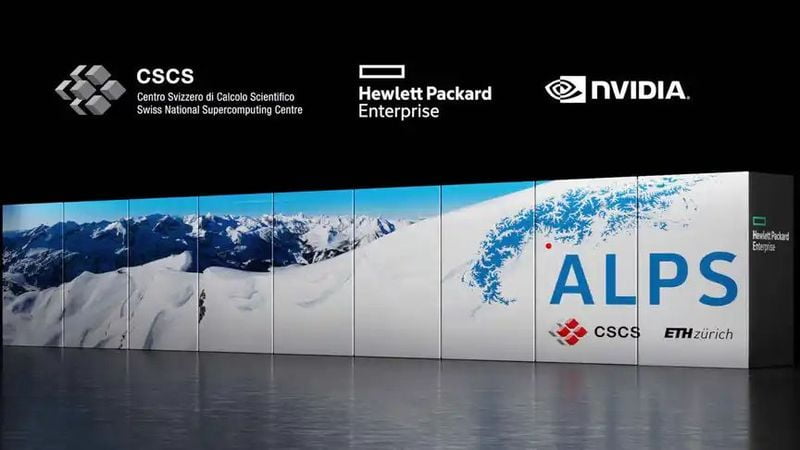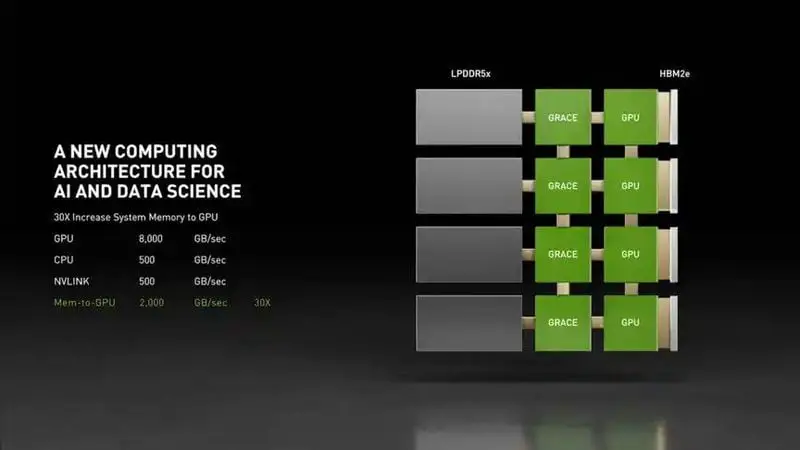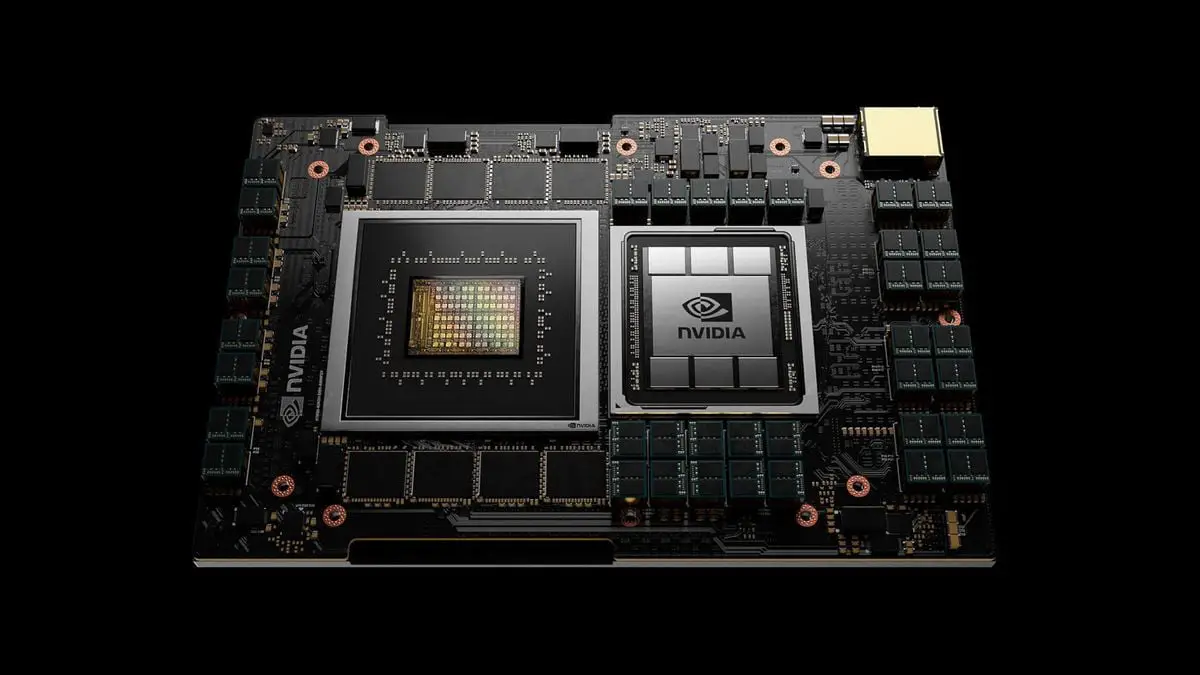Grace is the name of Nvidia’s new processor, based on ARM architecture and aimed at Artificial Intelligence tasks in large servers.
Nvidia is a brand known by worldwide users, as one of the two main alternatives in graphics cards; models like the RTX 3080 show that the green brand still dominates the market in many aspects and new technologies, such as ray-tracing.
But Nvidia is much more than video games, and we are not talking about how its graphics are used to mine cryptocurrencies; in fact, the professional and server sector is increasingly important for Nvidia, which intends to reinvent itself for the future.
Nvidia’s purchase of ARM was a big step in that direction, and today we’ve seen another one: a processor, CPU, designed by Nvidia. But does that mean you could soon have a computer with only Nvidia components?
Grace, Nvidia’s new processor
When we talked about the purchase of ARM, we already anticipated that, in the long term, Nvidia wanted to expand into the Artificial Intelligence sector, and in this sense, we must understand the presentation of Grace, Nvidia’s processor.
This is a CPU based on ARM architecture, like the one used in cell phones, but especially like the one used in many servers around the world. But this model will not compete against Intel Xeon or AMD Epyc, designed for data centers and large servers; instead, it will focus specifically on large neural networks.

Grace is not a standalone product, but is intended to interface directly with Nvidia graphics cards; in other words, it is ‘support’ for the part that does the work, helping to perform trillions of calculations in machine learning.
GPU support
This CPU was born simply because Nvidia realized that graphics cards can’t perform at their best unless they are paired with components to match. That’s why some of Grace’s most amazing features are in the CPU-to-GPU bandwidth of no less than 900GB per second thanks to NVLink 4. Also, LPDDR5X memory bandwidth is 500GB per second, and that’s with ECC. Finally, each Grace CPU can communicate with each other at 600GB per second.
Nvidia’s proposition is clear: those who want to leverage their graphics for machine learning will be able to do so with an NVLink 4-compatible CPU; that’s the only thing that will unlock the full potential of the GPUs. And in turn, the memory has to come in the package, betting on LPDDR5X for its energy efficiency.

With all this, Nvidia is making amazing promises, looking for a tenfold increase in performance on models with billions of parameters. The GPU is still Nvidia’s priority, but with Grace the company is trying to show that it can do a better job than Intel and AMD at this particular task, something that could earn it a place in the market in 2023, when it is scheduled to be launched.
Grace is not Nvidia’s first processor; it also has the Tegra SoCs (system-on-chip), some of which used Denver cores developed by the company. But it is the first time it will make a CPU available for sale.





